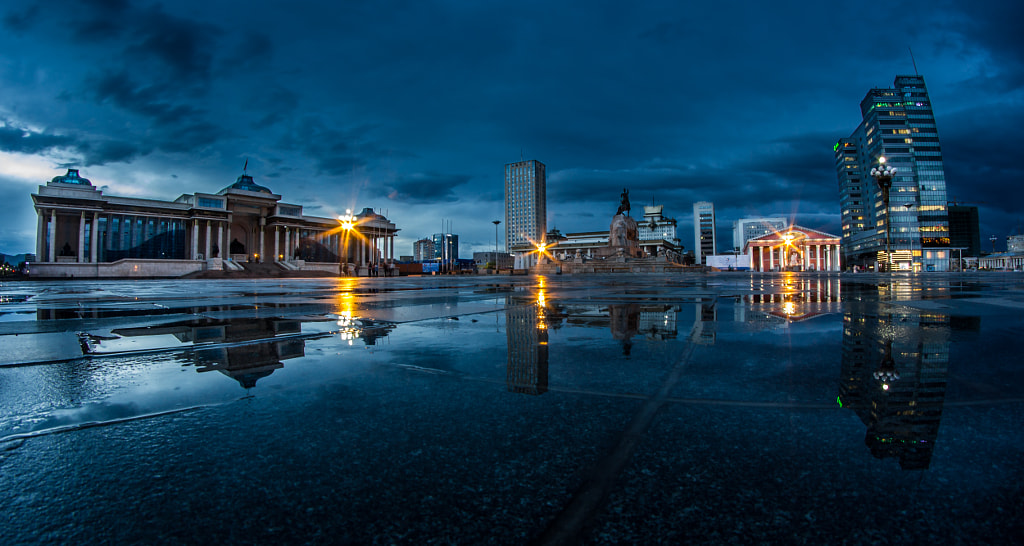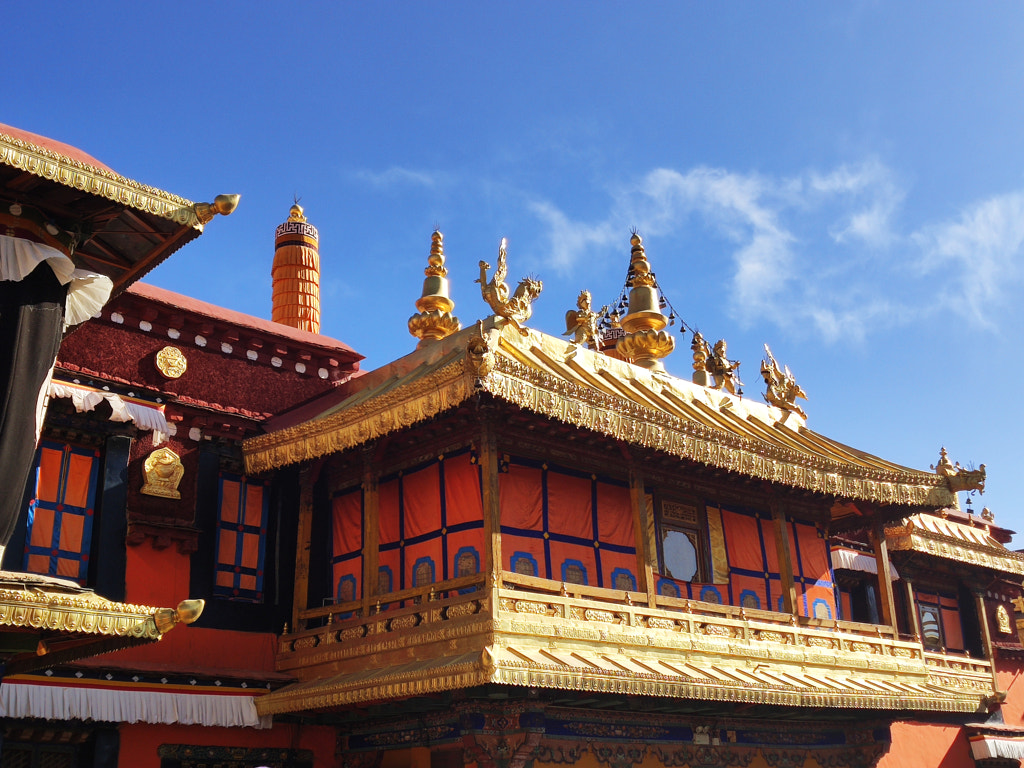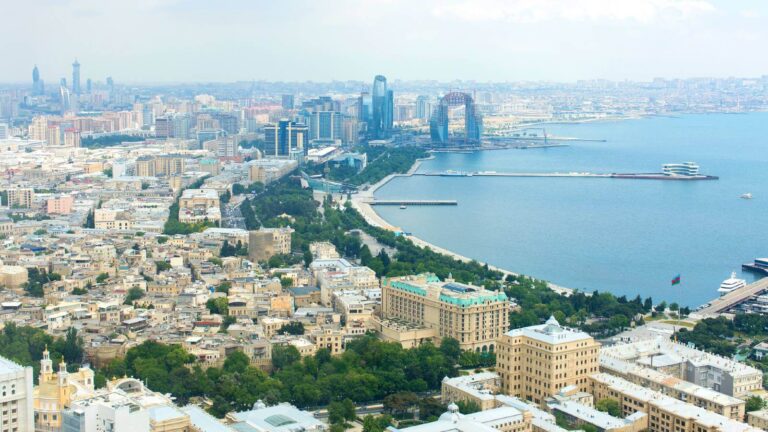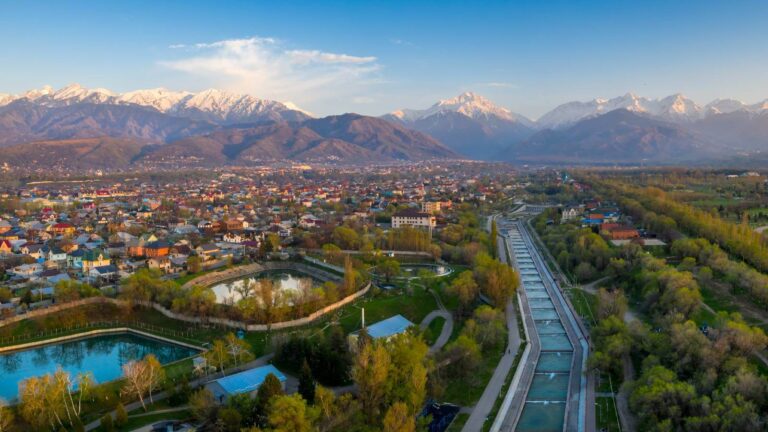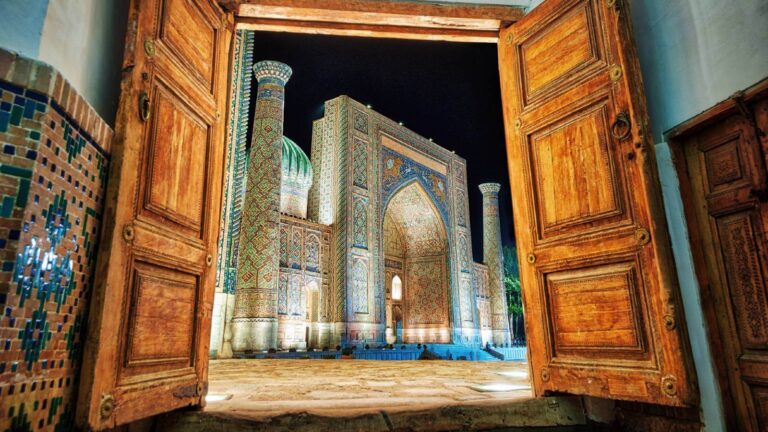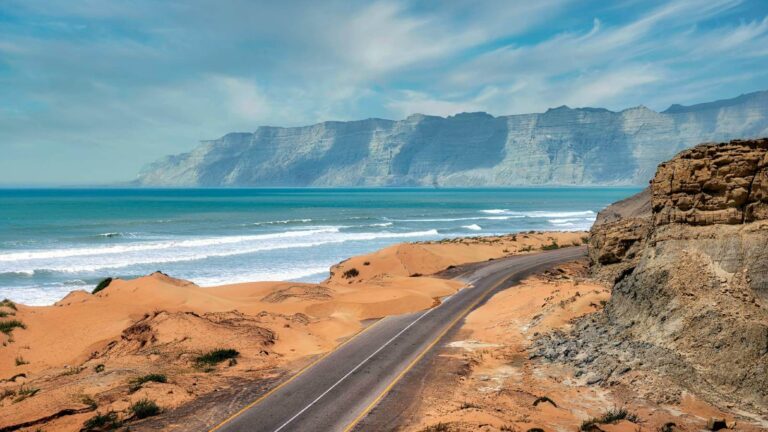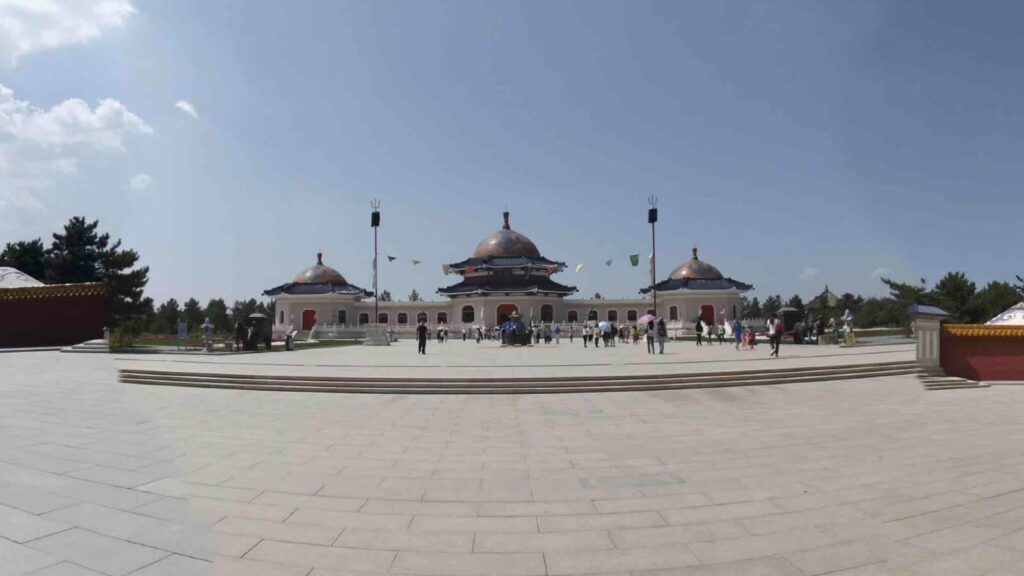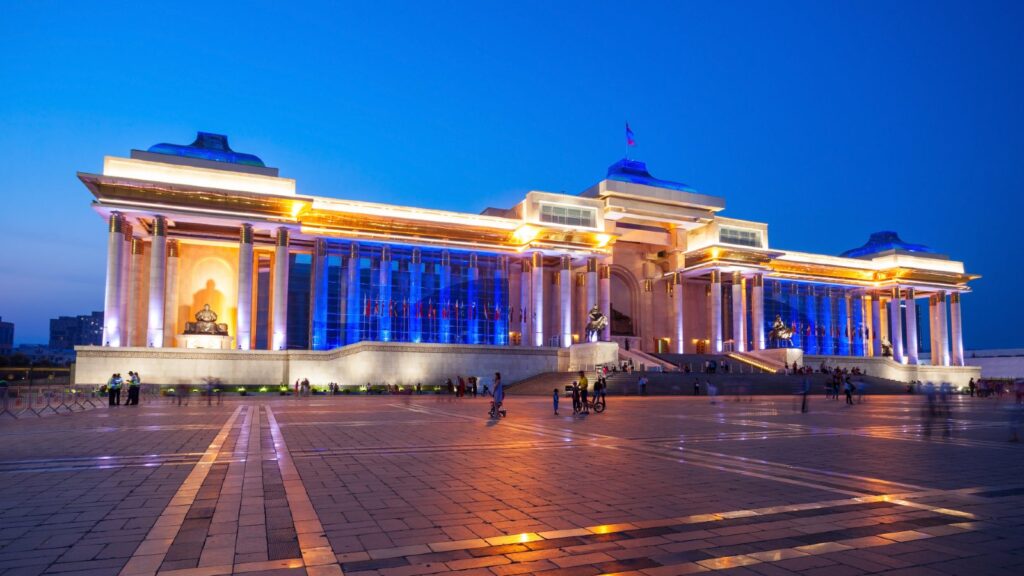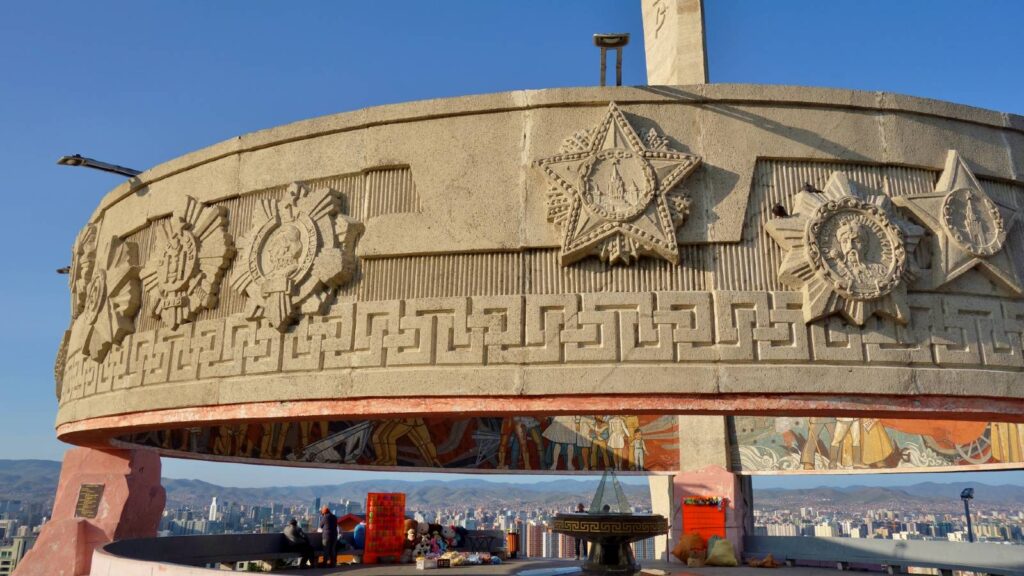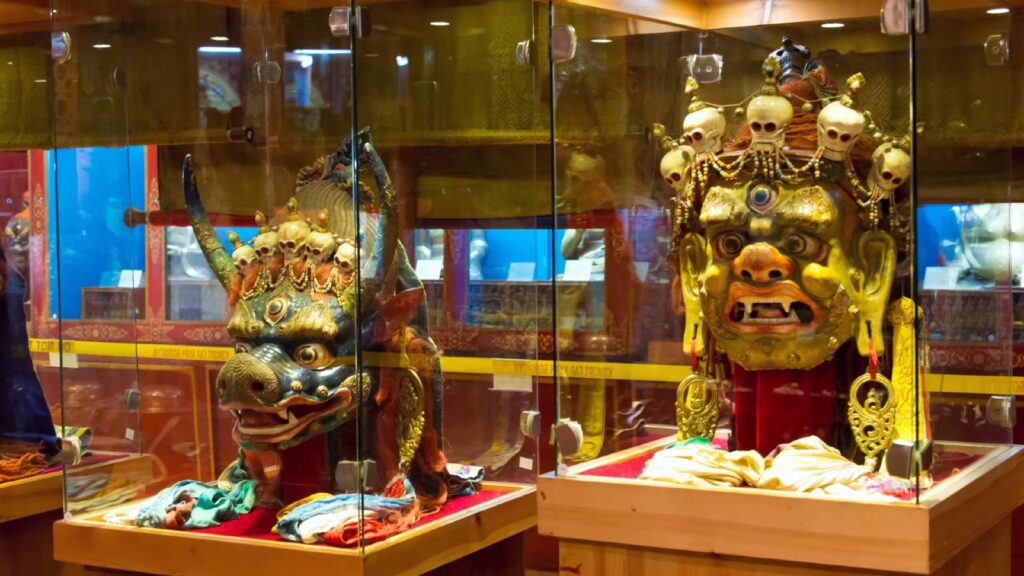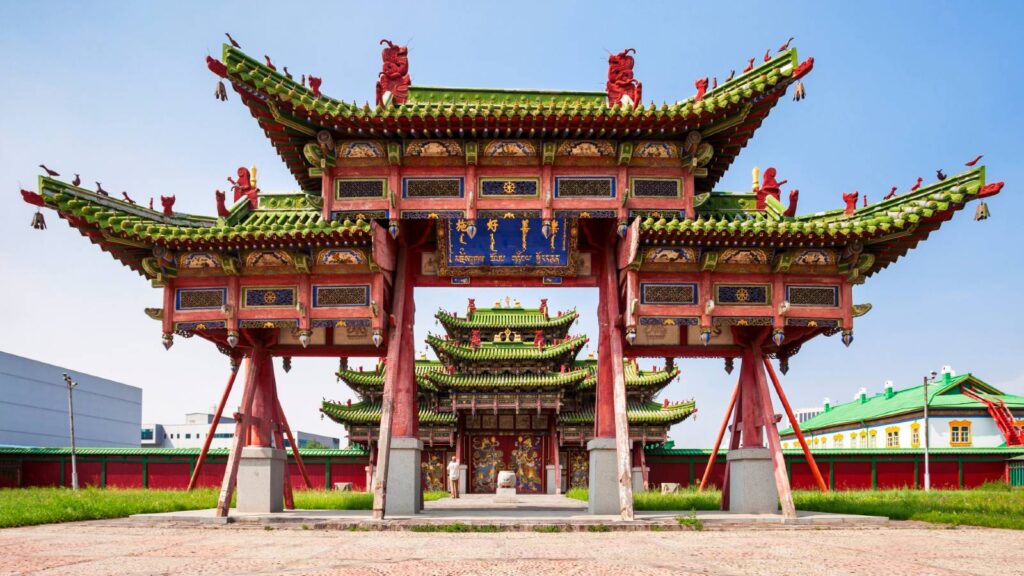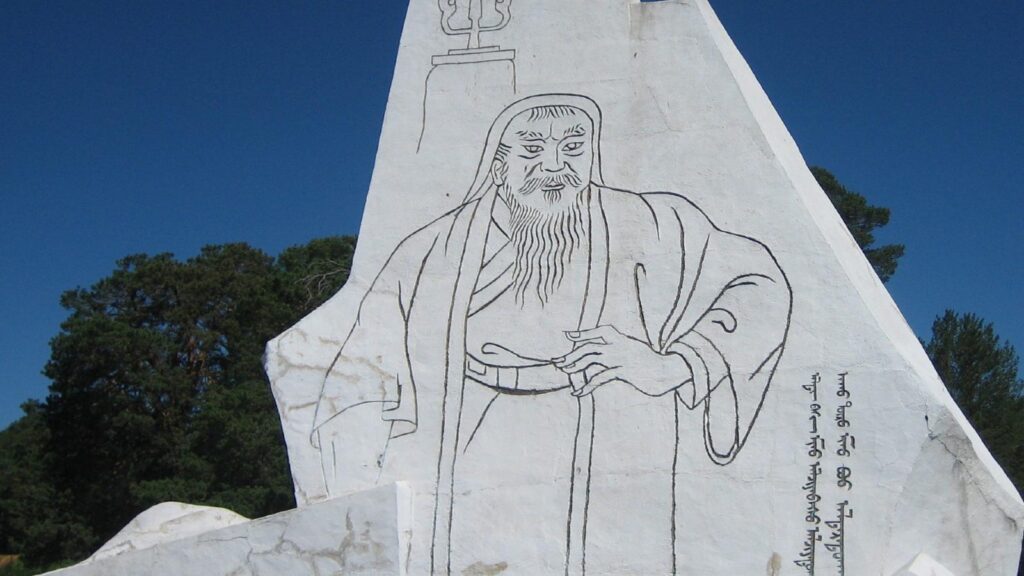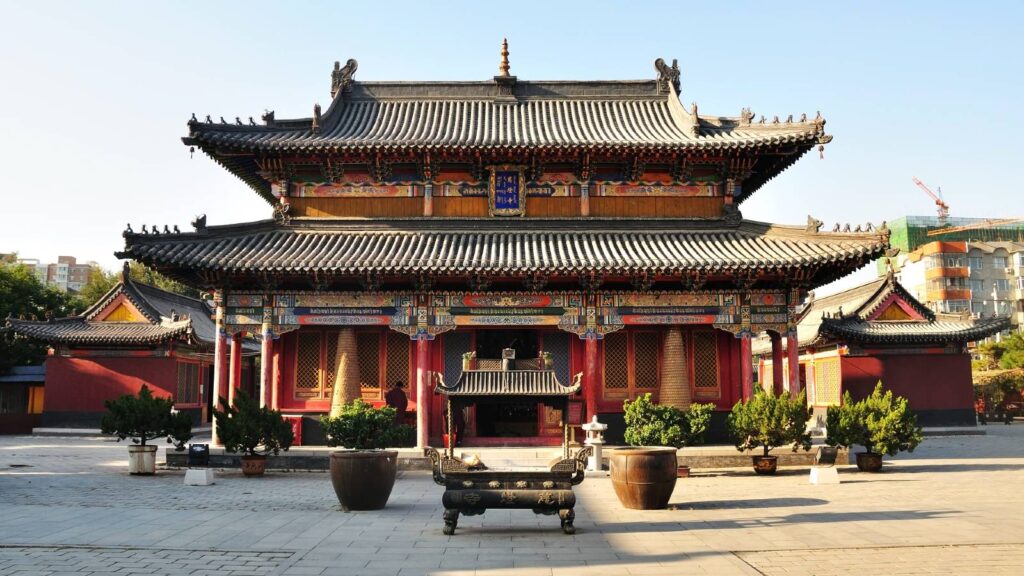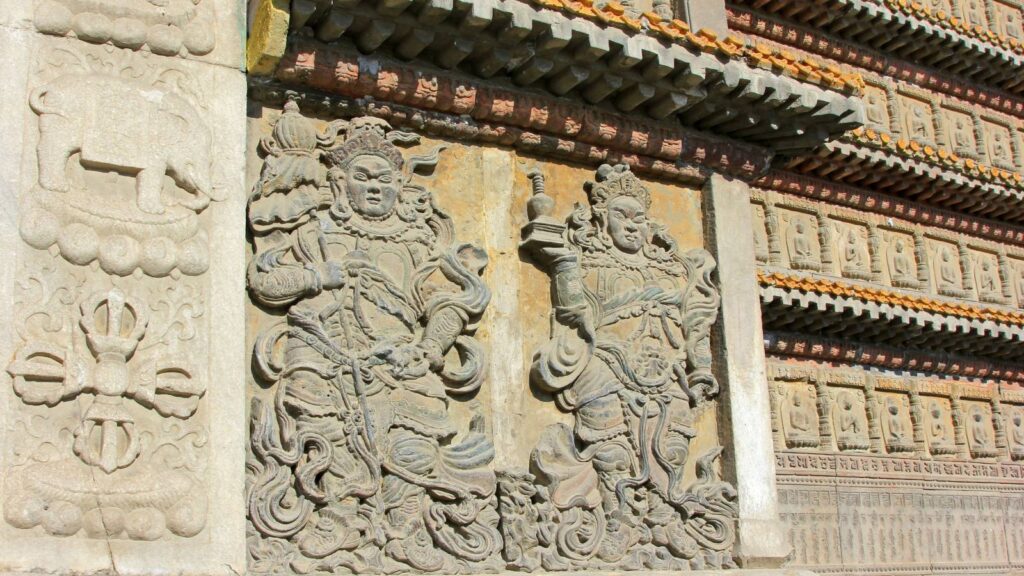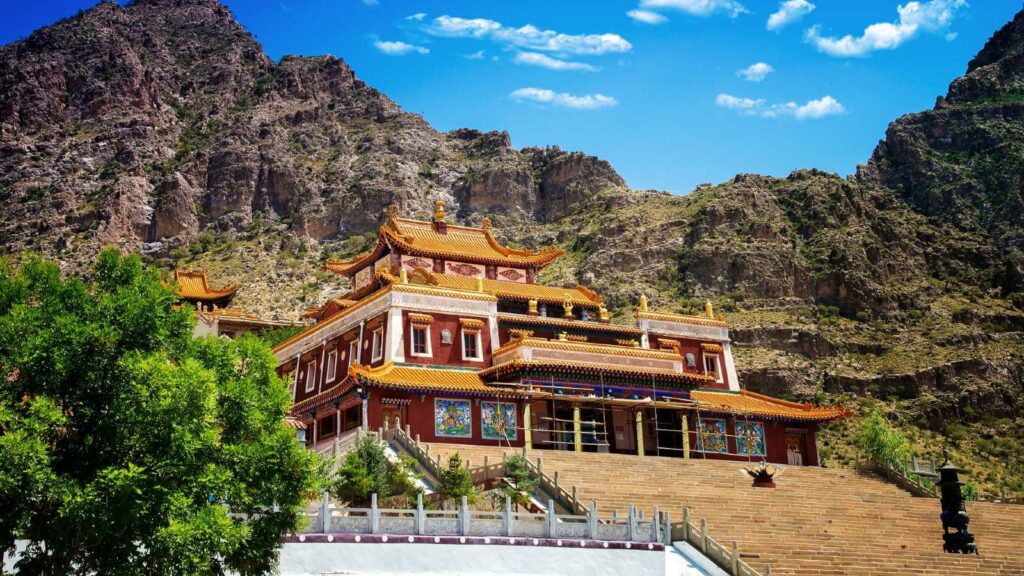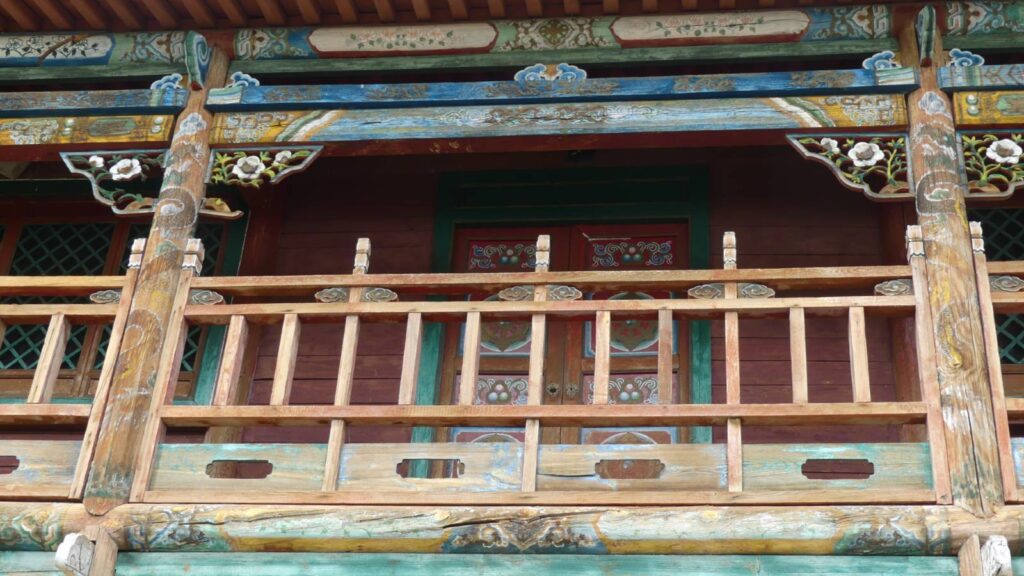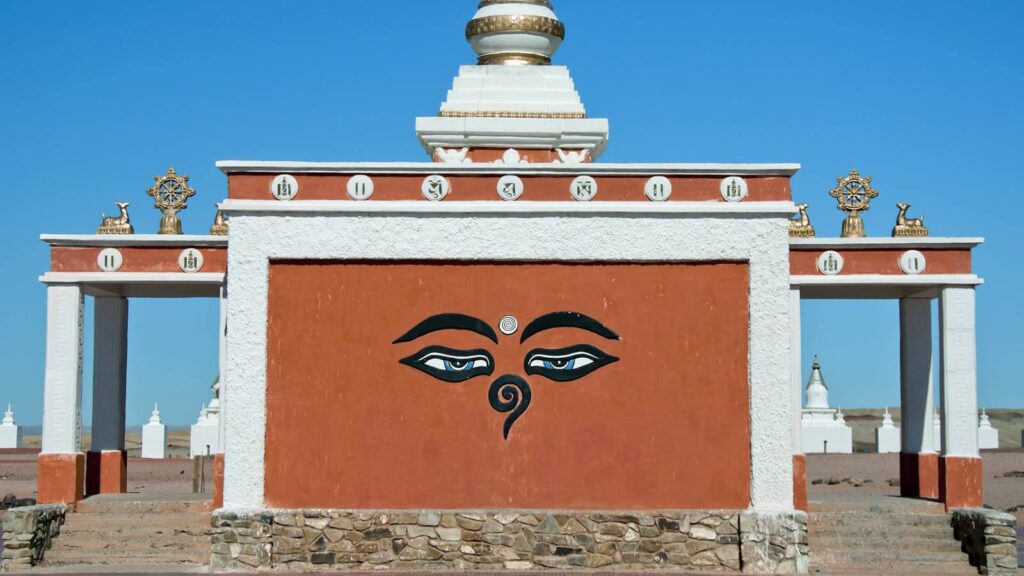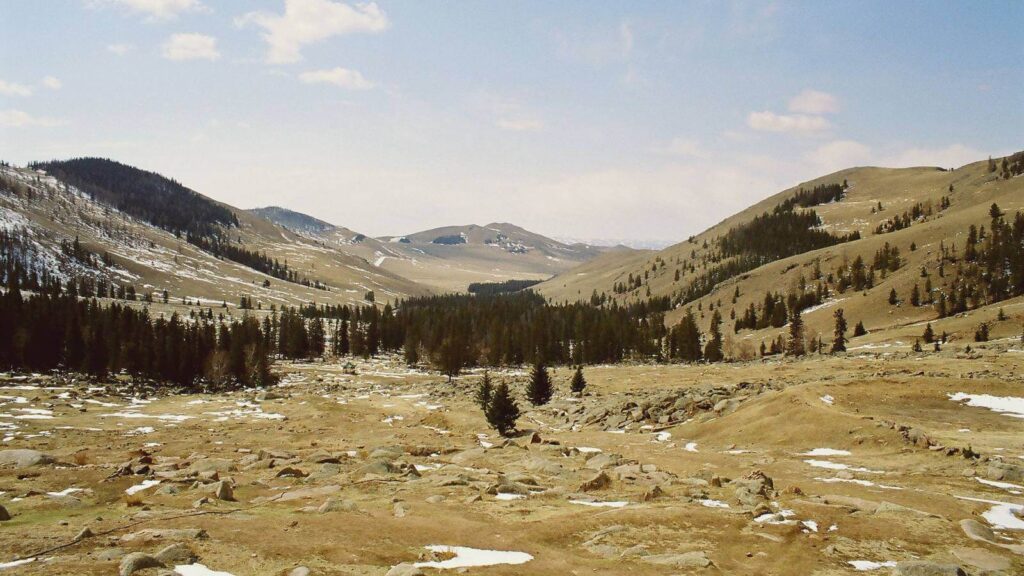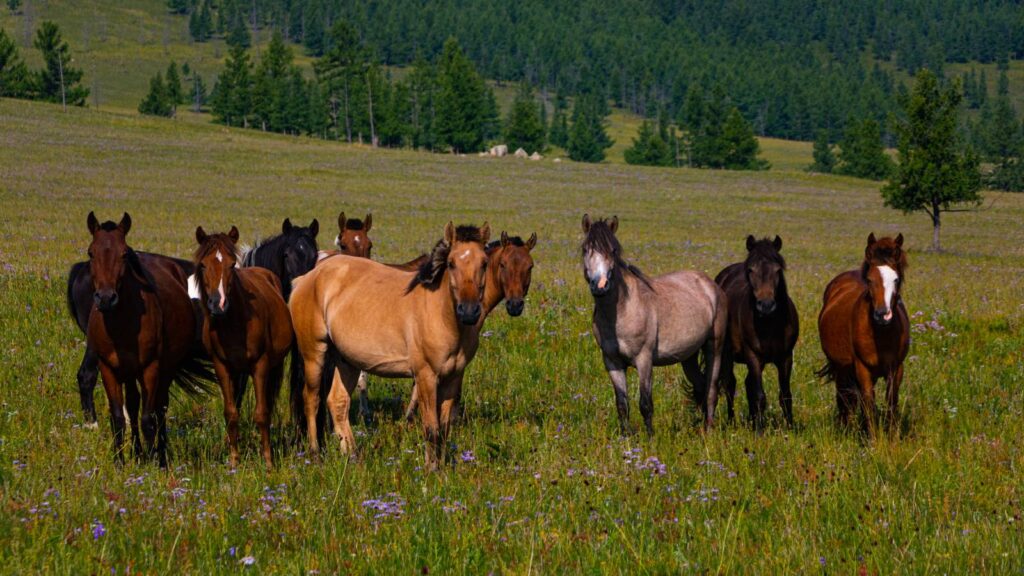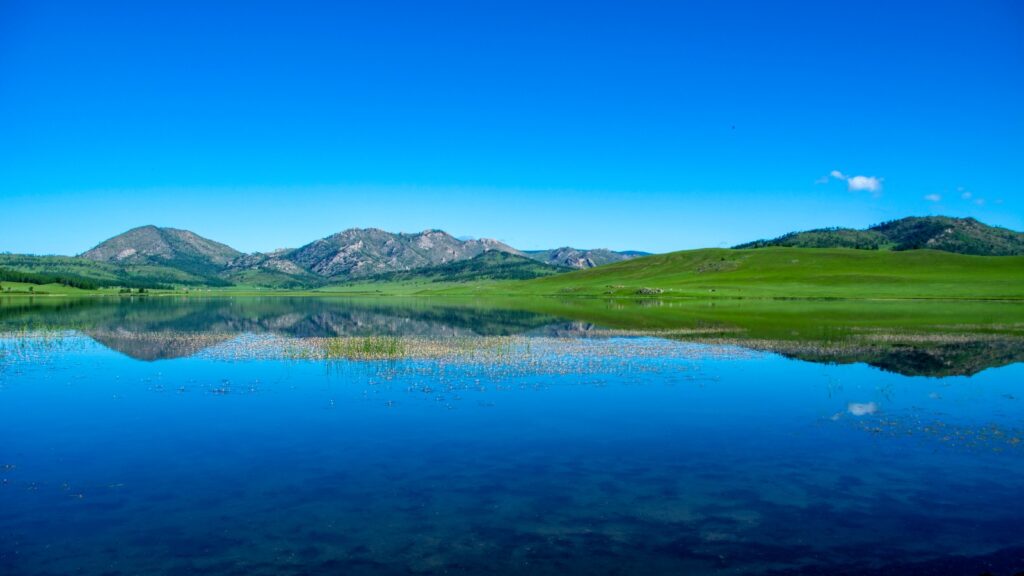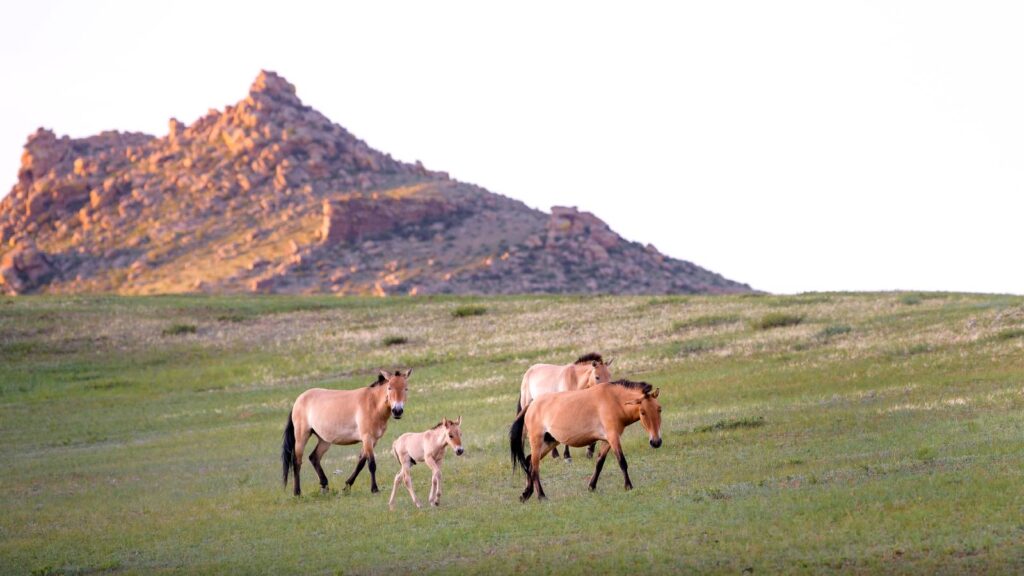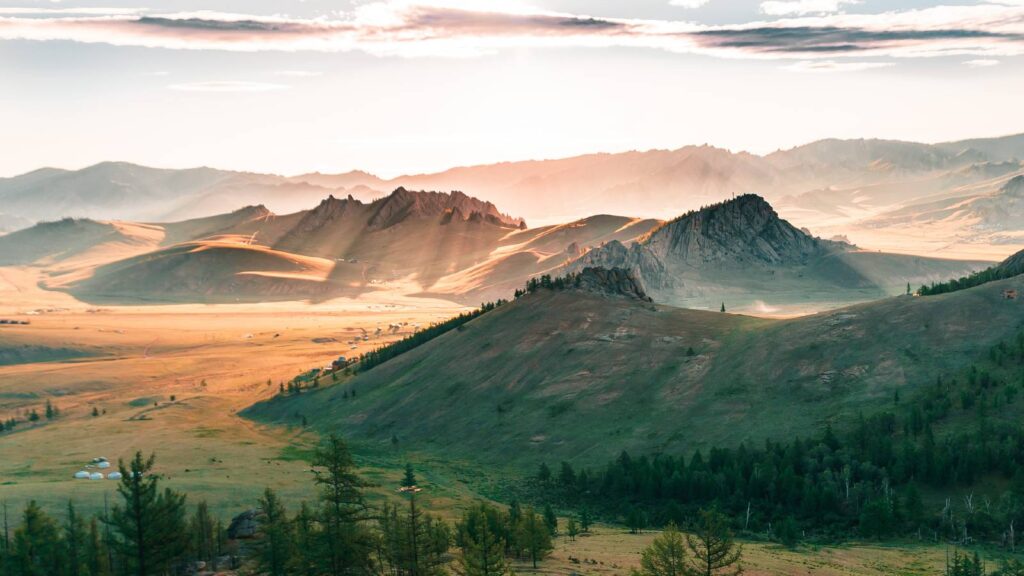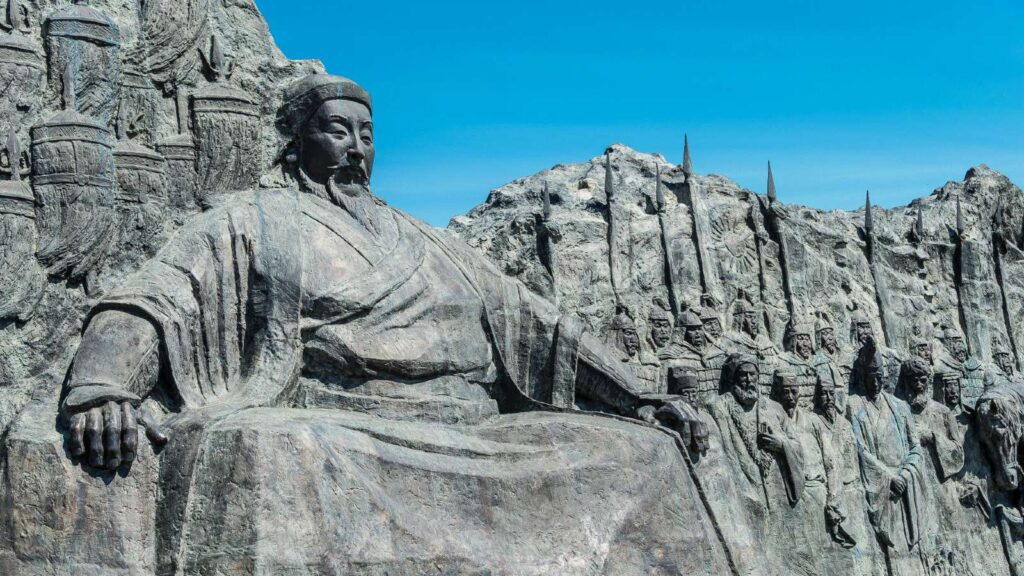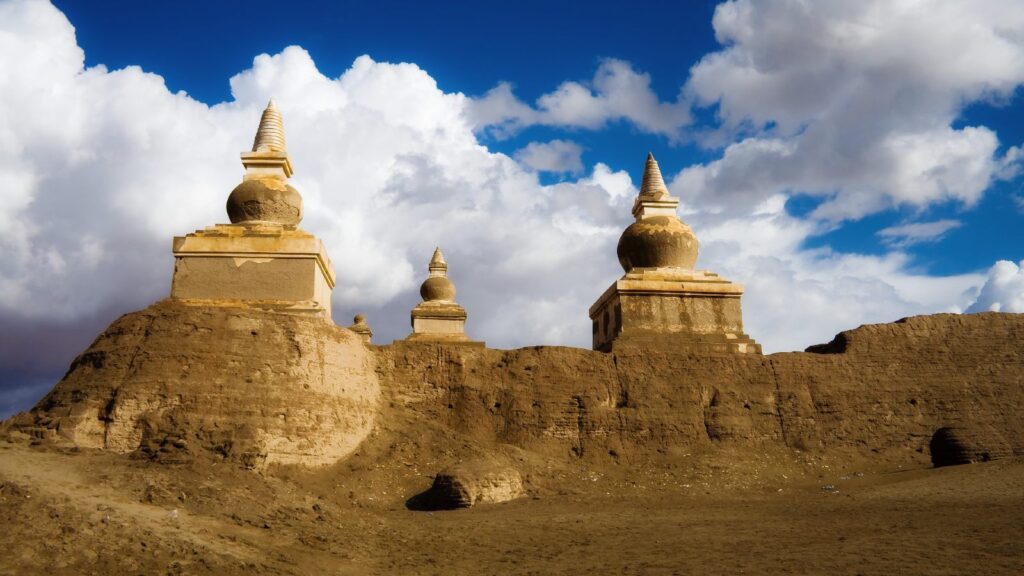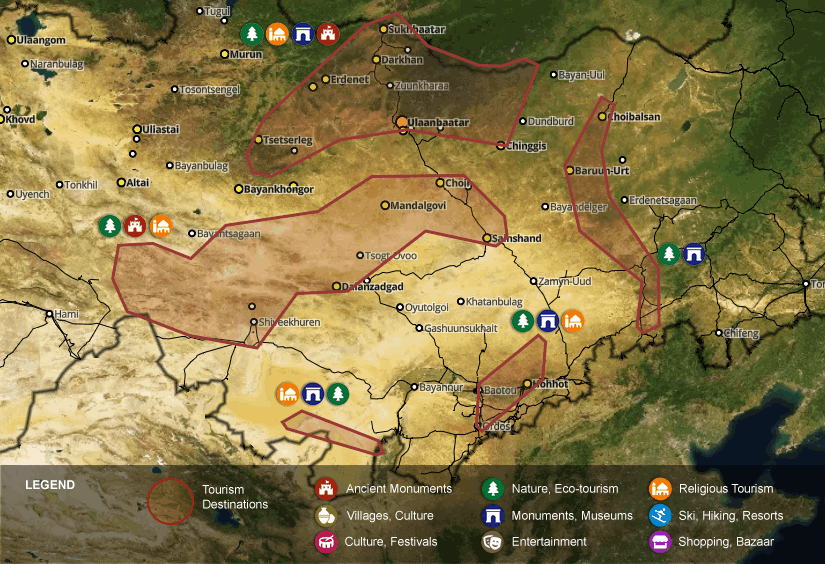
Khangai Nuruu, Ulaanbaatar, to Onon-Balj, Mongolia
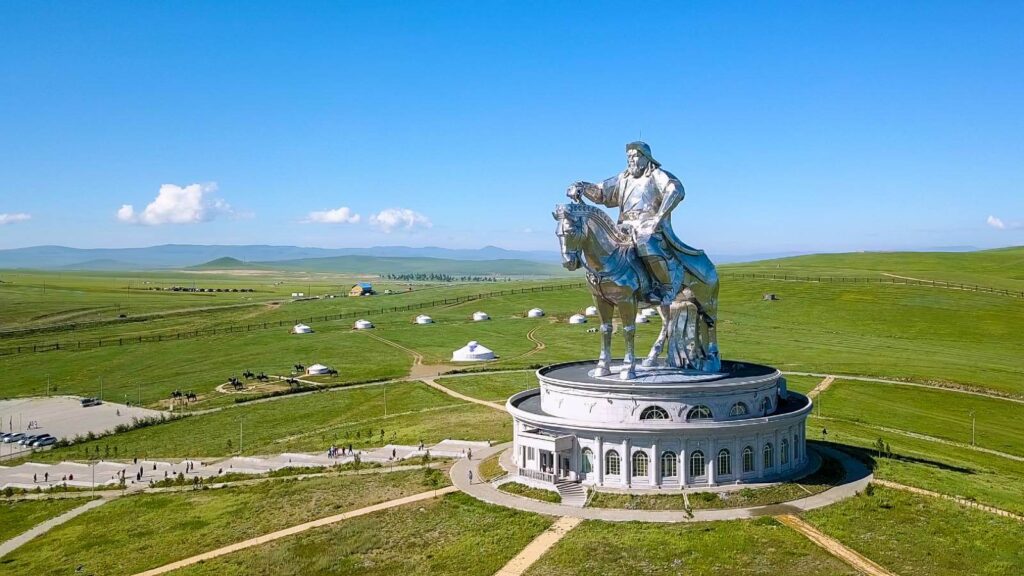
Choibalsan to Zhenguan
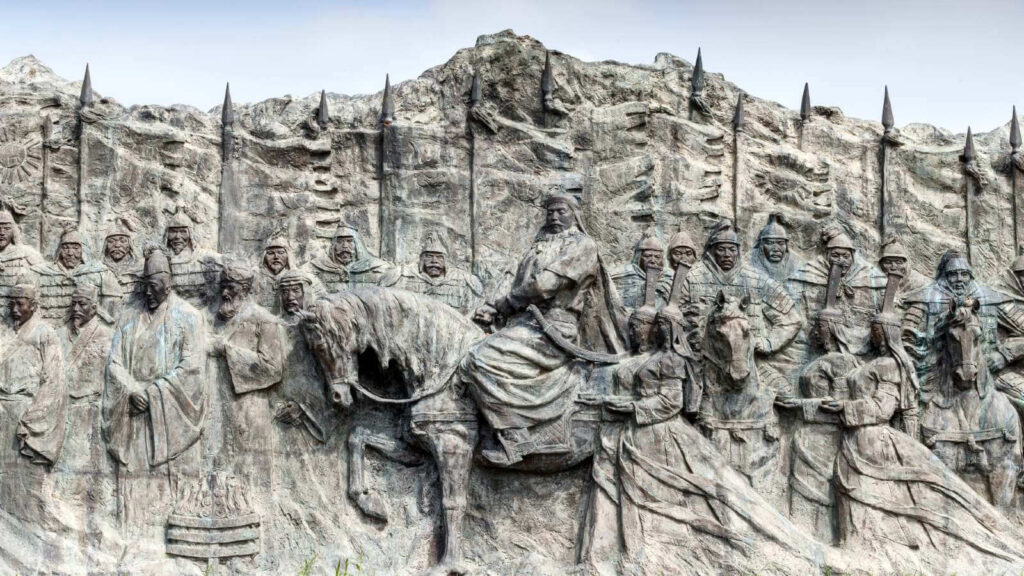
Alxa Area, Inner Mongolia

Hohhot, Baotou, Ordos Cities, Inner Mongolia

Great Gobi A to Sainshand City, Mongolia
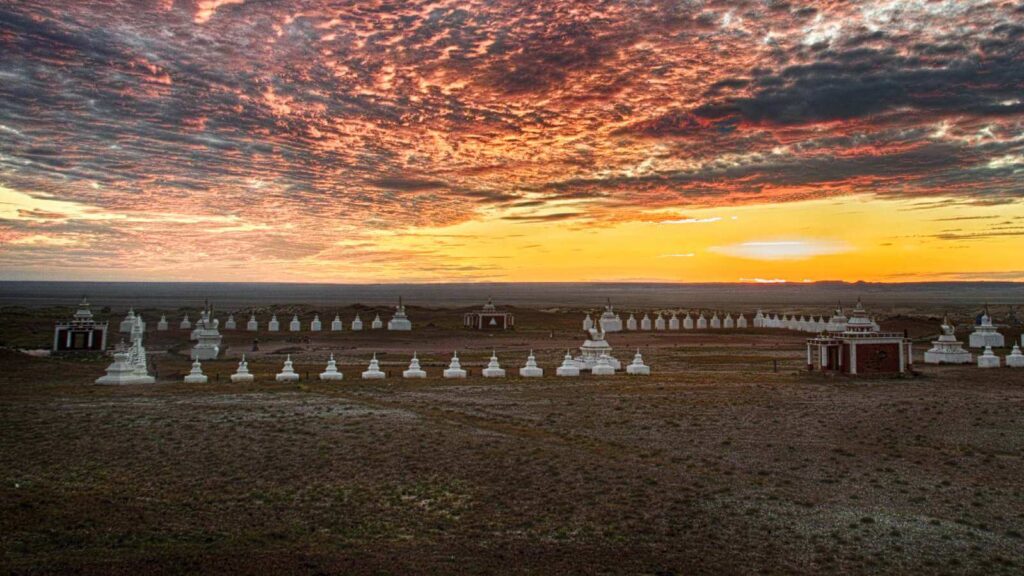
History and Culture
The region contained within the Gobi and Grasslands cluster is one of the oldest continually inhabited places in the world. Homo erectus, an ancestor of modern humans, seems to have lived in the southern Gobi region. We know this because although no fossils have yet been found, the stone tools that these archaic humans crafted have survived. Palaeolithic rock paintings in the Khoit Tsenkher Cave depict a wide range of animals, from oxen and ibex to camels and ostriches, and there is evidence of farming by the neolithic period (10,000–4,500 BC).
Around 1,300 years ago, nomadic groups began to form clan alliances, and though they continued to hunt and herd, they occupied larger territories than before. The extent of their seasonal migration was limited by physical barriers, however: the Altai Mountains and the Gobi Desert. The dominant group, the Xiongnu, would eventually cross the Yellow River, bringing them into conflict with the Qin and then Han Dynasties in China.
A succession of regional states existed here until the early 13th century AD when rival tribes and confederations were finally consolidated under the leadership of Temujin, better known by his title, Chinggis Khaan (Genghis Khan). This territory became the epicentre of the Great Mongol State, an empire which would stretch as far west as the Black Sea. The Pax Mongolica, a phrase referring to the ultimately stabilising impact of this conquest, ushered in a golden era of the Silk Road, enabling travellers such as Marco Polo to journey all the way from Europe to the court of Kublai Khan.
What to See and Do
The protected landscapes of the Gobi and Grasslands are magnificent, and although the pace of climate change is accelerating, they look much as they would have done thousands of years ago. Admire the geological formations of Baga gazriin chuluu and Ikh Gazryn Chuluu Nature Reserve, where there are plenty of opportunities for hiking and climbing; and then for softer scenery head to Khangai Nuruu National Park or Khangal Lake for birding, yurt stays, and other forms of wildlife watching.
If you’re on the trail of Chinggis Khaan, there are plenty of sites associated with this infamous figure. Look out for the Chinggis Khaan Obelisk in Khentii, erected to celebrate the 800th anniversary of his birth; and also the Chinggis Khaan Statue Complex at Tsonjin Boldog.
Religion still plays a strong part in local culture, and the influence of Buddhism is particularly strong. The 16th century Dazhao Temple blends Mongolian, Tibetan and Han Chinese architectural styles, and the slightly newer temple of Guangzong Si remains an important place of pilgrimage for Tibetan Buddhists.
